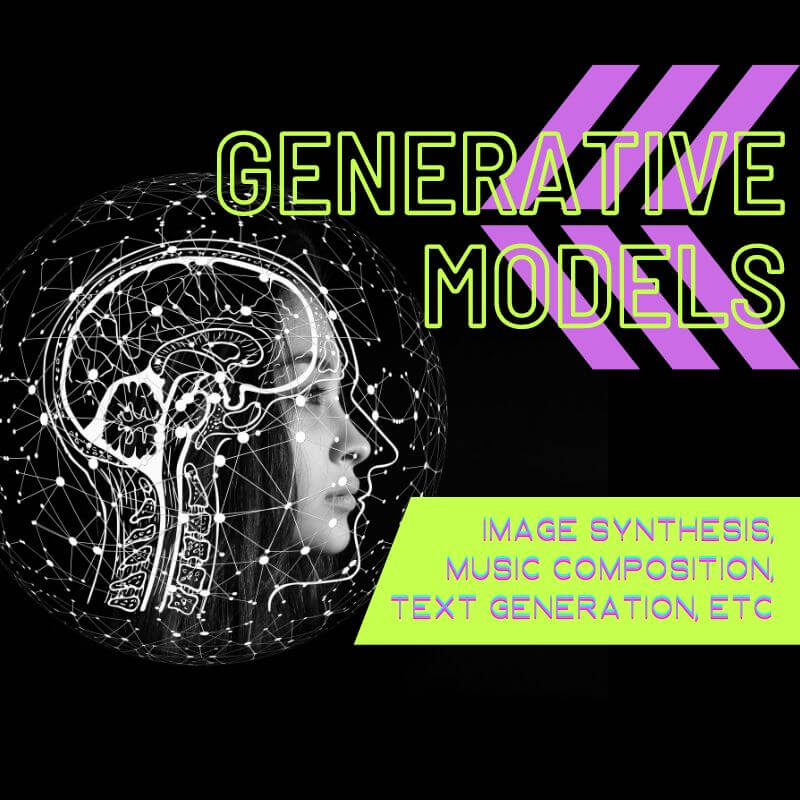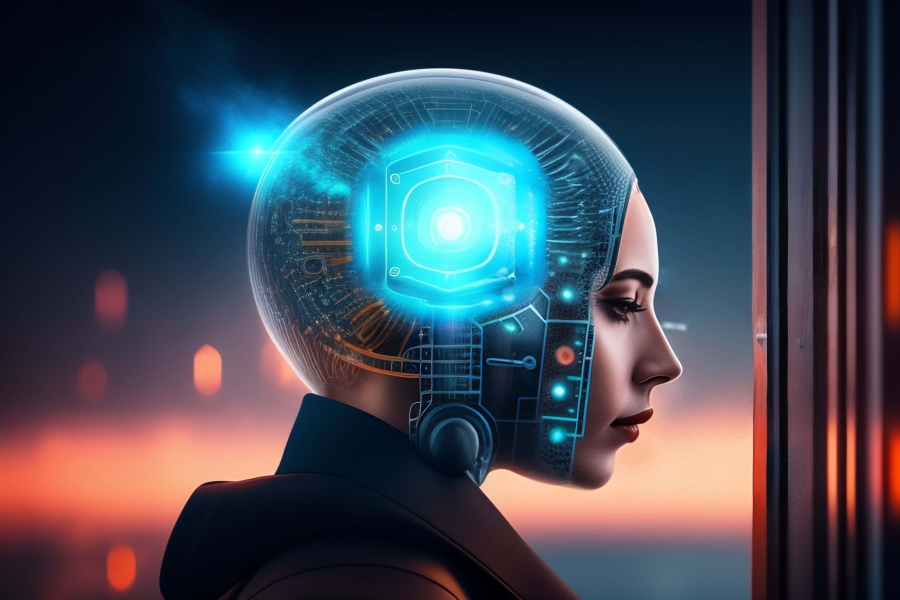What are the different types of AI?
What are the different types of AI?
Introduction
Artificial Intelligence (AI) is a rapidly advancing field that has the potential to revolutionize numerous industries. From self-driving cars to virtual personal assistants, AI technology is becoming increasingly prevalent in our daily lives. However, not all AI systems are created equal. In this article, we will explore the different types of AI, ranging from narrow AI to superintelligent AI, and understand their capabilities and limitations.
The Spectrum of AI
Artificial Intelligence can be categorized into various types based on its capabilities and functionalities. Let's dive into the different types of AI and explore their unique characteristics.
1. Narrow AI (Weak AI)
What is Narrow AI?
Narrow AI, also known as Weak AI, refers to AI systems designed to perform a specific task or a set of tasks with high proficiency. These systems are tailored to excel in a particular domain but lack the general intelligence and adaptability of human intelligence.
Examples of Narrow AI
- Virtual personal assistants like Siri and Alexa.
- Recommendation systems used by e-commerce platforms.
- Fraud detection algorithms employed by banks and financial institutions.
Narrow AI is widely used today and has proven to be highly effective in performing specialized tasks, but it does not possess the ability to reason or learn beyond its predetermined functions.

2. General AI (Strong AI)
What is General AI?
General AI, also referred to as Strong AI, is an advanced form of AI that exhibits intelligence and cognitive abilities comparable to human beings. Unlike Narrow AI, General AI possesses the capacity to understand, learn, and apply knowledge across a wide range of domains.
Current State of General AI
While General AI remains an aspiration for researchers and scientists, we have yet to achieve true human-like intelligence in machines. The development of General AI is an ongoing endeavor, with researchers working towards creating systems that can reason, learn, and generalize in a manner akin to human cognition.
3. Artificial Superintelligence
What is Artificial Superintelligence?
Artificial Superintelligence refers to AI systems that surpass human intelligence across almost all domains and tasks. These hypothetical systems would possess an unprecedented level of cognitive abilities, enabling them to outperform humans in virtually every intellectual endeavor.
Implications and Concerns
The development of Artificial Superintelligence raises significant ethical and existential questions. While its potential benefits are vast, concerns surrounding the control and safety of such highly intelligent systems remain. It is crucial to ensure that proper safeguards and guidelines are in place to mitigate potential risks associated with superintelligent AI.
Exploring AI Capabilities
1. Machine Learning
What is Machine Learning?
Machine Learning (ML) is a subset of AI that focuses on enabling systems to learn and improve from experience without being explicitly programmed. It involves the development of algorithms that allow machines to recognize patterns, make predictions, and adapt to changing circumstances.
Types of Machine Learning
- Supervised Learning: In this approach, machines learn from labeled examples provided by humans.
- Unsupervised Learning: Machines learn from unlabeled data and identify patterns independently.
- Reinforcement Learning: Machines learn by interacting with an environment and receiving feedback in the form of rewards or punishments.
2. Deep Learning
What is Deep Learning?
Deep Learning is a specialized branch of Machine Learning that emulates the human brain's neural networks. It involves training deep artificial neural networks on vast amounts of data to recognize patterns and make complex decisions.
Applications of Deep Learning
- Image and speech recognition systems.
- Natural language processing.
- Autonomous vehicles.
Deep Learning has enabled significant advancements in various AI applications, allowing machines to perform tasks that were previously considered challenging for computers.
3. Natural Language Processing (NLP)
What is Natural Language Processing?
Natural Language Processing (NLP) focuses on enabling machines to understand, interpret, and respond to human language in a meaningful way. NLP combines techniques from AI, linguistics, and computer science to bridge the gap between human communication and machine comprehension.
Applications of NLP
- Chatbots and virtual assistants.
- Sentiment analysis of customer feedback.
- Language translation and generation.
NLP plays a crucial role in enhancing human-computer interactions and enabling machines to comprehend and generate human language effectively.
Frequently Asked Questions (FAQs)
1. Can AI replace human intelligence?
While AI has made remarkable progress, achieving true human-like intelligence remains a complex and ongoing challenge. While AI systems can outperform humans in certain specific tasks, they lack the broad spectrum of general intelligence possessed by humans.
2. Are there any risks associated with AI development?
As AI continues to advance, it is essential to address concerns related to ethics, privacy, and the potential for unintended consequences. Proper regulation and careful consideration of the societal impact of AI technologies are crucial.
3. How can businesses benefit from AI?
AI offers businesses numerous opportunities for automation, optimization, and enhanced decision-making. From predictive analytics to personalized customer experiences, AI can drive efficiency and innovation across various industries.
4. Are there any limitations to Narrow AI?
Narrow AI systems are designed for specific tasks and lack the ability to generalize or reason beyond their defined capabilities. These systems are limited in their scope and cannot replicate the wide-ranging intelligence of humans.
5. What role does data play in AI development?
Data is a critical component in training AI systems. High-quality and diverse datasets are used to train machine learning models, enabling them to recognize patterns and make accurate predictions.
6. How can AI be used in healthcare?
AI has transformative potential in healthcare, ranging from disease diagnosis and treatment optimization to drug discovery and personalized medicine. AI algorithms can analyze vast amounts of patient data and assist healthcare professionals in making informed decisions.
Conclusion
In conclusion, AI encompasses a spectrum of technologies, ranging from Narrow AI to General AI and the hypothetical Artificial Superintelligence. While Narrow AI is currently prevalent and excels in specialized tasks, the development of General AI and Artificial Superintelligence remains ongoing and poses significant opportunities and challenges. Understanding the different types of AI and their capabilities is crucial in harnessing the potential of AI while addressing ethical concerns and ensuring responsible development and deployment of these technologies.









Comments (0)